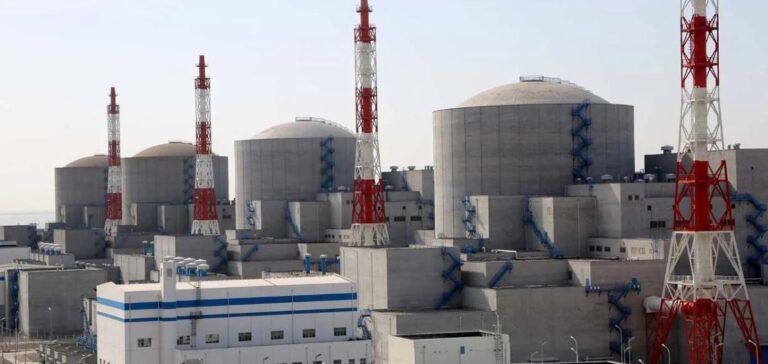Last year, the VVER-1200 reactor vessel and four steam generators for the Tianwan 7 unit were shipped. In addition to two of the four steam generators for unit 8. These major components, produced at the Atommash plant in Volgodonsk in southern Russia, traveled thousands of kilometers, including two months at sea, to reach the Chinese coast. These impressive logistics underline the scale and complexity of the operations required to support large-scale energy infrastructure projects.
Technical and strategic cooperation
Igor Kotov, head of Rosatom’s mechanical engineering division, stressed the importance of collaboration with Chinese colleagues in the development strategy. In his view, this cooperation is crucial not only for the quality and mutually beneficial implementation of projects, but also as a guarantee of on-time delivery and high product quality. This partnership provides a solid basis for expanding cooperation and exploring new avenues.
Tianwan’s capacity and future development
The Tianwan nuclear power plant, operated by Jiangsu Nuclear Power Company, a partnership between China National Nuclear Corporation (50%), China Power Investment Corporation (30%) and Jiangsu Guoxin Group (20%), is a cornerstone of China’s energy strategy. In June 2018, Russia and China signed four agreements, including the construction of two VVER-1200 reactors as units 7 and 8 of the Tianwan power plant. These units are due to come on stream in 2026-2027, significantly increasing the region’s clean energy production capacity. The progress of the Tianwan project, with the addition of units 7 and 8, demonstrates the two nations’ ongoing commitment to strengthening nuclear cooperation. These developments are not just a testimony to technological progress. Indeed, it also sets an example of effective international collaboration in energy development.






















